It was in that ancient era that the profession of a technical writer appeared - a person who dissects complex technologies, popularly explains incomprehensible principles and clearly presents previously unobvious benefits. The rate of technical progress depends on his talent and labor. And the methods of work of which, oddly enough, are not very outdated.
Habr pays tribute to all "these brave guys" who worked both in the era when washing machines had to be called "electric washer", and in times when you can hardly surprise anyone with a nanosecond saved by a gadget. Get inspired by the creatives of technical writers and copywriters of the last century, create progressive techno content of your time and submit it to the TechnoText-2020 IT article competition
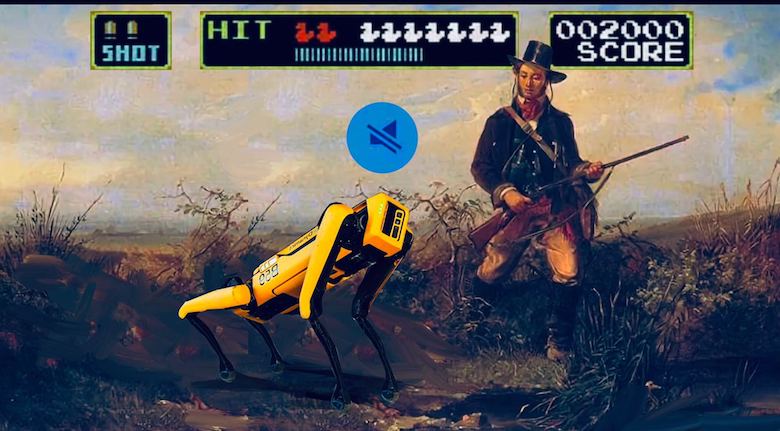
Stage one: why this thing
So, the main task that faced those who described technical innovations at the beginning of the twentieth century was to raise the level of technical literacy of the population and overcome the mental distrust of "mechanized servants".
It is clear that techno-writers did not go deep into the description of the principles of operation, mechanisms and capacities at that time - this was simply not required: after all, the consumers had neither general knowledge nor previous experience of working with such units; in short, they had little interest in technical details. But it didn’t work to show why using the device is fundamentally better than solving problems “the old fashioned way”, “on the fingers”. Try, for example, with a discount for the era, describe why radios are so convenient. Would you think to say that this is a more reliable and faster way to find out important news than waiting for mail or asking others?

Some comparisons are still in use today, for example the metaphor of "photohunting" dates back to the 1900s.

By the way, pay attention: the techno content of that time looks like separate articles - wordy, with a title many times larger than the main text and with complex illustrations instead of a minimalist packshot. At the same time, until the early 1930s, illustrations were usually drawn, and after that, photographic ones. Although there were, of course, not too clear, but intriguing "teasers" - well, then people still had time and patience to read until the moment where the product finally appears "in all its glory."
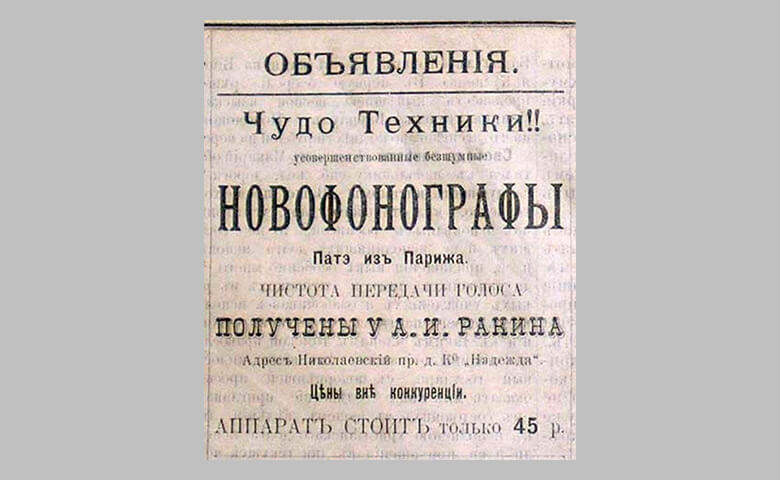
A vacuum cleaner gave us two interesting cases at once. The first is that its not fully understood advantages at first had to be described as “eating dirt”. The second - that of the two variants of its name - vacuum cleaner (vacuum cleaner) and vacuum sweeper (vacuum sweeping machine, vacuum broom) - a more "status" first was fixed, which conditionally equated an expensive miracle of technology with another servant.
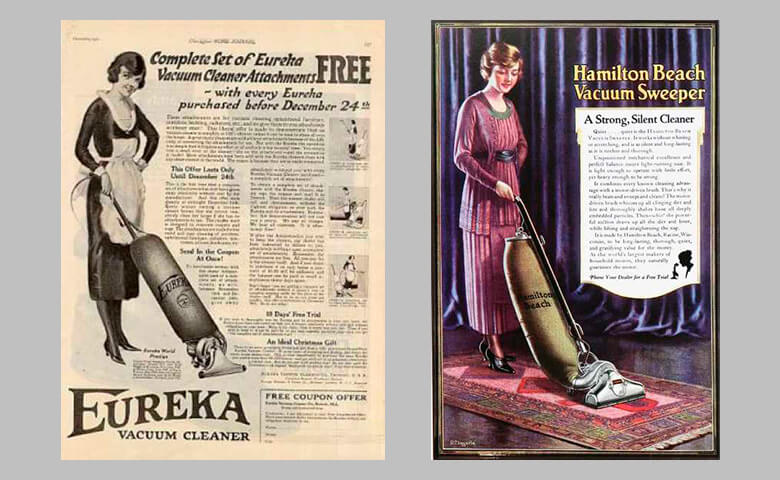
The advantage of gadgets over live workers was also emphasized from very unexpected sides. For example, the stove was called "the silent partner", apparently throwing a stone into the garden of the talkative maids.
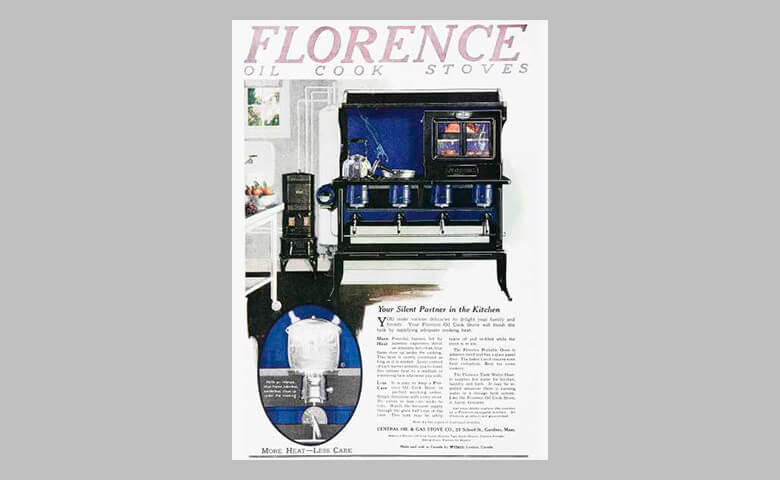
“Doing household chores playfully” is not a dream that housewives aspired to 100 and 200 years ago? This maximally simple idea was put on the first place in many descriptions of technology in both the XX and XXI centuries. Although modern women are perhaps a little closer to this dream.
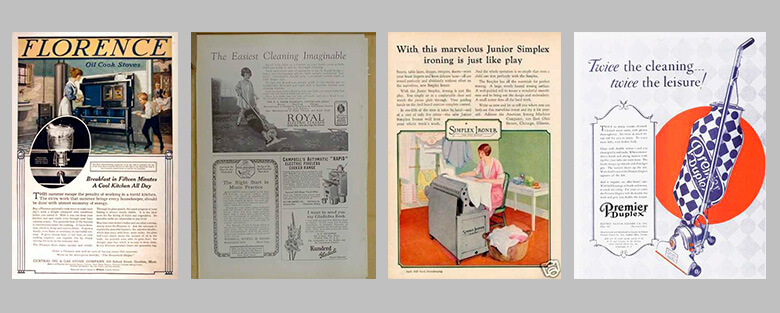
The second thing that gadgets provided was peace of mind. This was especially true for devices related to communication.

It is worth noting that since there were not so many working women among wealthy people and even in families with an average income, the decision to buy a gadget was most often made by a man. Therefore, in those years, there was a lot of creativity aimed at encouraging men to please their spouse, daughter or mother and give her a household assistant.
And again the question was about how the famous song was sung, "to have or not to have", and not about which of the instruments to choose. And, by the way, since the new gadgets were mainly designed to make life easier and free time was presented by manufacturers as the main RTB, the authors had to explain in an accessible way, at least WHAT the unit does, and not HOW.
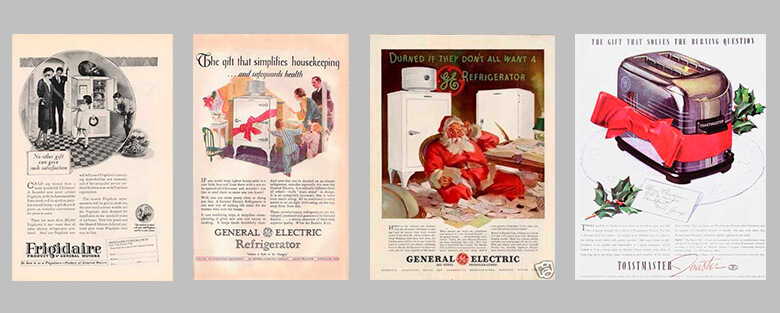
Well, and another important task, no matter how ridiculous it is to talk about it now, was to explain that the new mechanisms are safe and you should not be afraid of them. And here, of course, the masters of the word had to seriously delve into the technologies so as not to bury a reader who was not tempted with technical details with them.

Stage Two: Entering the Mass Market and Fighting Competitors
When the market accepted "mechanized servants" and believed in new products, then the then creators began even more difficult times. Just comparing a car and a person did not take out any more - it was necessary to stimulate the purchase of not just "Gadget X", but "Gadget X" of a particular company. There were no independent reviewers at that time - companies had to increase the basic expertise of buyers precisely through publications. This means that the time has come for the dissection and translation of all technologies and their “better” characteristics into the human form. Well, just like now with smartphones!

The “new generation” of each gadget was presented as the most perfect.
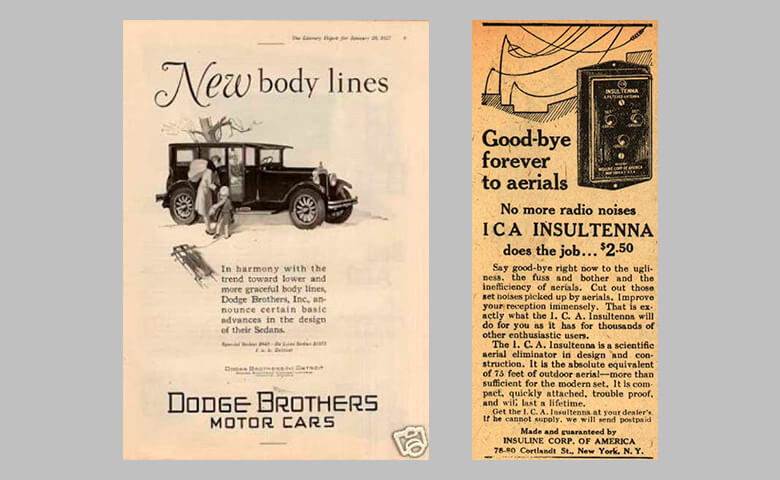
And some openly said that their product is a priori "better than your neighbor's" and could become the subject of envy and admiration. And of course, it will improve your social status.
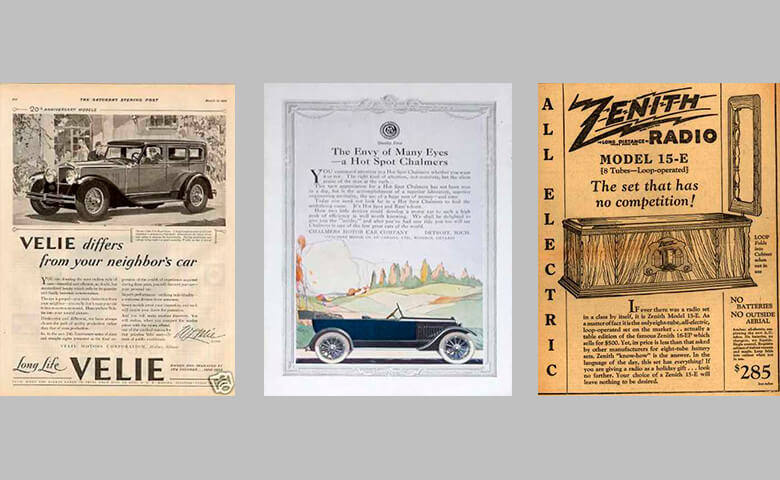
Gradually, research and testing began to be conducted and advertised to confirm the benefits. But in order to competently compose and use constructions like "maybe (more / quieter / faster / cleaner, etc.) thanks to (reduced / precise / varied, etc.) something", popular science deeper into physics was required and mechanics.
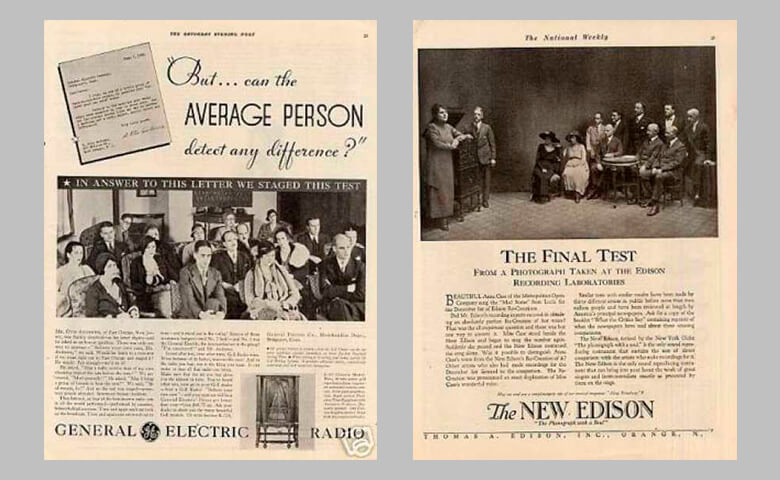
What specific advantages of the gadgets entrusted to them were emphasized by the authors? Usability has been claimed as one of the key benefits.
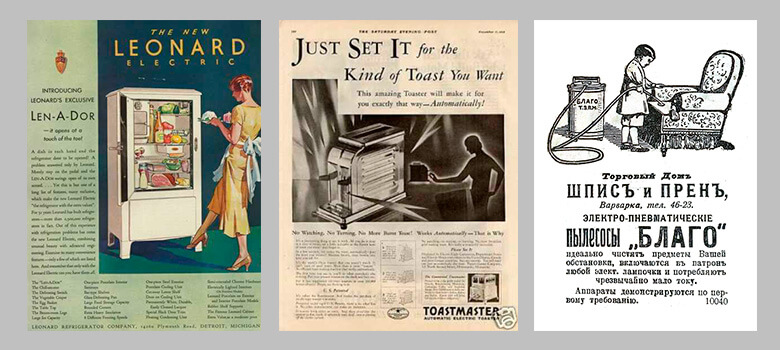
The second possible argument is safety, especially often mentioned in the context of the issue of children's health.
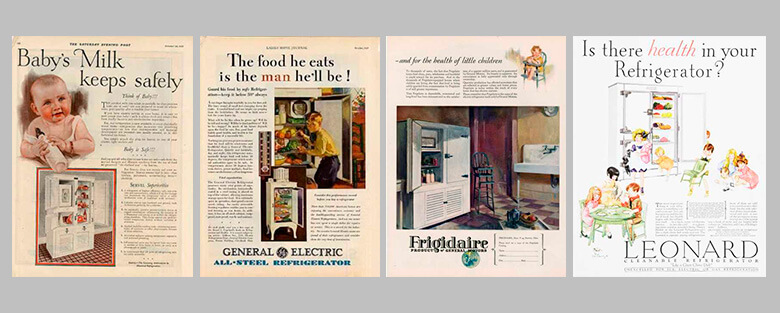
By the way, ergonomics and energy saving, which everyone now calls a new trend, in fact have already completed a full circle in a time loop, because the meters in many houses have been standing since the end of the 19th century. So, in 1912, the work of engineer V. A. Aleksandrov “What you need to know in order to spend less on electricity” became a book bestseller - the book was reprinted four times in a couple of years. It has 92 pages, which is quite entertaining reading - it is easy to find it on the Internet to look through at your leisure.
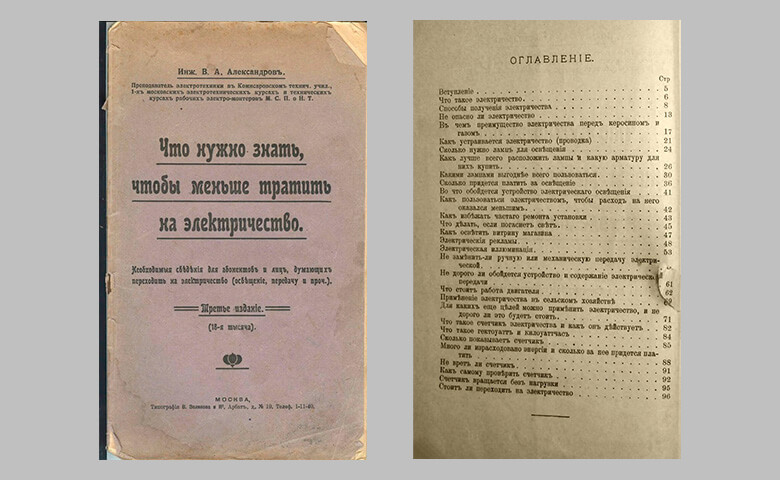
Well, here's what the saving of electricity, fuel and other resources looked like as an advantage in communication of those times.

As technologies and devices became more complex and choice expanded, fraudsters began to enter the market, producing fakes under the guise of products of already well-known brands. It was then that the techno-authors of that time conquered a new peak - guides written in a public language began to appear, not only on the use, but also on the choice of a gadget and recognition of a fake.
Well, what - even in our time, the general level of technical literacy of the population is far from one hundred percent.
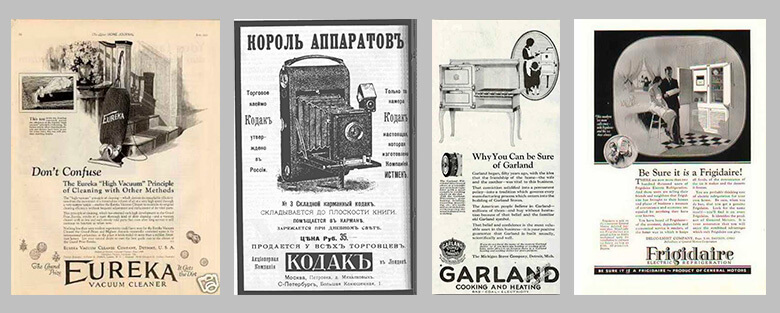
For a long time, there was no question of the possibilities of upgrading the existing equipment or of self-repair. But when the narratives finally allowed the audience to finally understand the new products, their content began to appear not only on specific devices, but also on their components.

Stage three: storytelling and content marketing
In the 20th century, the information field of the average European or American has grown dramatically in just a few years. So even a dozen advertisements in the newspaper were enough to make the eye "blurry", and loud headlines like "SENSATION!" and "THE BEST IN THE WORLD!" ceased to inspire confidence, especially after the first unsuccessful purchase of such a "hyped" product.
To delve into the description of the technical principles of work ourselves and immerse consumers in this, so that they begin to realize the difference between the new and old generation of technology or between devices of different brands, by that time it became simply mandatory. So the kings and queens of 20th century creativity had to learn to act even more subtly, for example, to create whole stories (now they call it the fashionable words “native” and “storytelling”), in whose characters the reader could recognize himself, and the product would play a significant role.
It all started with a certain "virtual salesman" who presented the product in a coherent story format and provided detailed and simple explanations of how it worked and the benefits of use.
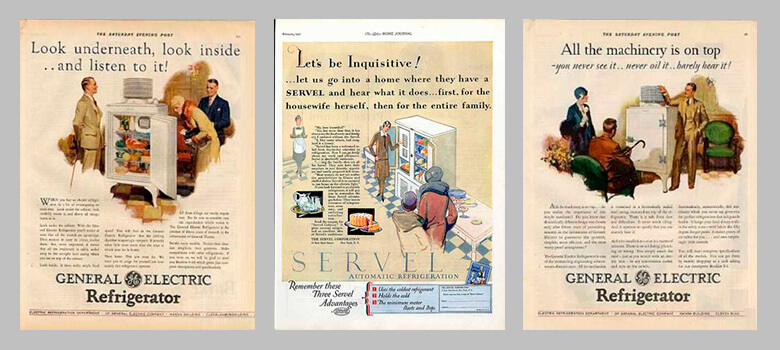
But over time, the credibility of the manufacturer as the one who offers his goods has dropped. Then technical writers began to introduce imaginary "third parties" into their ads, that is, the feed went through a conversation with a more progressive "daughter" or "girlfriend" who introduces the reader to the technology. Such a format better tuned in to a trusting mood and allowed to get rid of shyness and bashfulness about the fact that the reader does not understand the characteristics of the product.

For more confidence, the celebrities of that time could also be mentioned.

Well, for maximum immersion in the atmosphere in the content, various special cases were used. Evaluate, for example, this content-case of cameras is quite in the spirit of the 21st century - “I didn't take a picture, so it wasn't”. It seems that the author of this announcement would not have been left without work in our time.
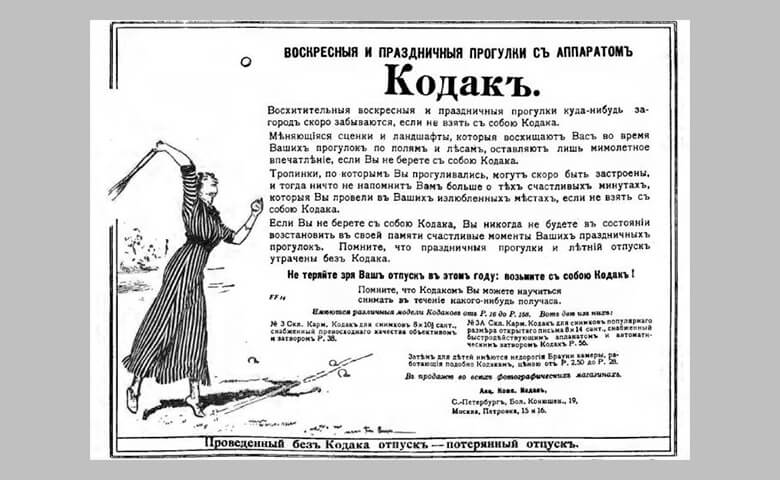
Techno-authorship began to take on even more bizarre forms when someone came up with the idea of maximally poeticizing the process of interaction with the mechanism.
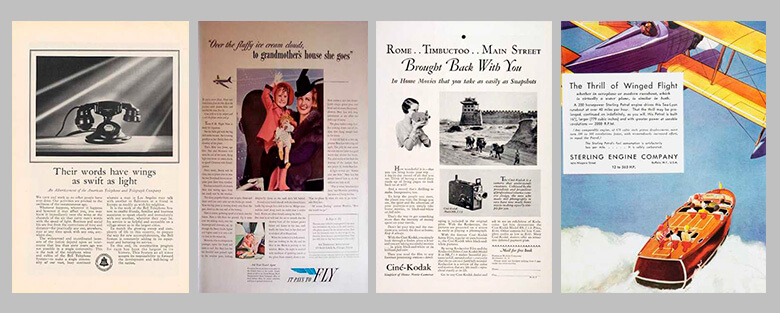
Stories reminiscent of family tales, supplemented by cute little things, protected from scrolling through the description. A young man who wants to learn to dance, a child who in the evenings secretly carries treats from the refrigerator, an old woman who finds it difficult to cope with everyday life ... The heroes were recognizable and reminded readers of their loved ones or were similar to themselves.
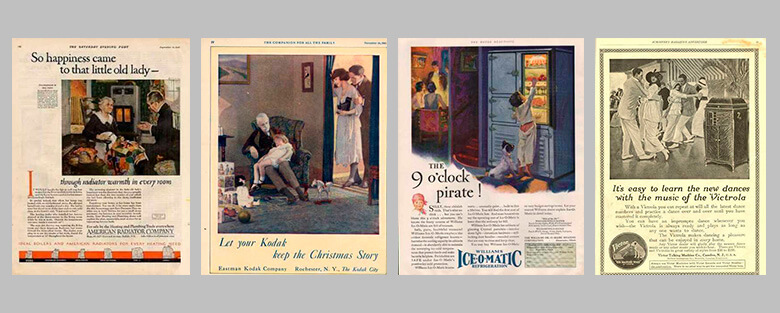
At the beginning of the century, the native, which is so popular now, also began to spread - for example, a manufacturer publishes recipes for dishes that can be easily and simply made using his stove. That is, of course, you can cook using a different stove, but the reader will still be grateful to the manufacturer for the recipe, which will improve his attitude towards the brand as such. And at the same time, he will once again familiarize himself with the benefits of the product.
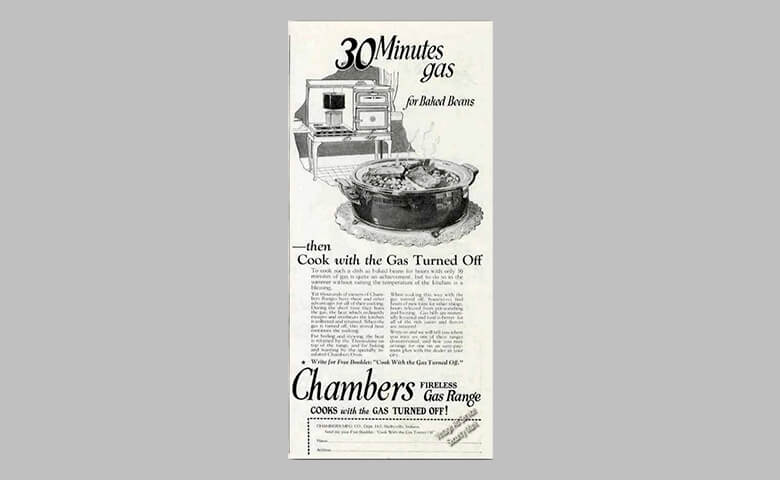
And finally, we note the emergence of stories in the spirit of "Villariba and Villabaggio", which became very popular with us in the 1990s and 2000s, that is, when someone acted "the old fashioned way" and failed, and the other used THIS product and he everything worked out.
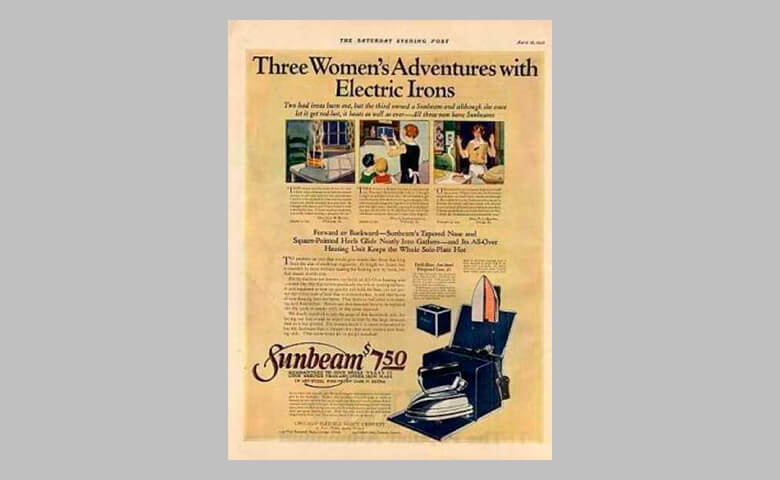
In general, the technical evolution continues, but technical writers and copywriters still need to be able to tell simply about the complex. By the way, this is exactly what - “Just about complicated things” - one of the nominations of the IT-articles contest “TechnoText-2020” is called. And not only articles created "out of love for art" can participate in it, but also quite commercial works of content marketers. The main thing is that the benefits for the reader should be noticeably greater than advertising.
Hurry up, the last day for applications is Monday, November 9, 2020!

PS If after reading this text it seems to you that everything new is well forgotten old, then you don’t think. Filmed on ayf ... that is, on an Agfa in the 1930s.
